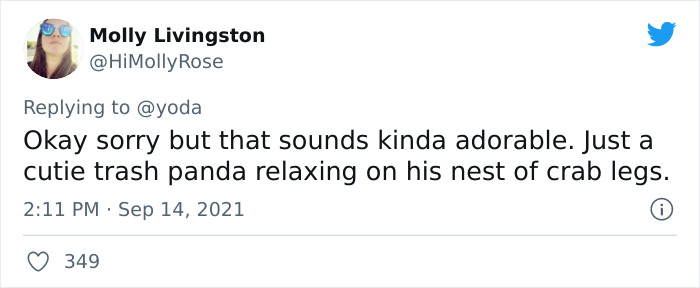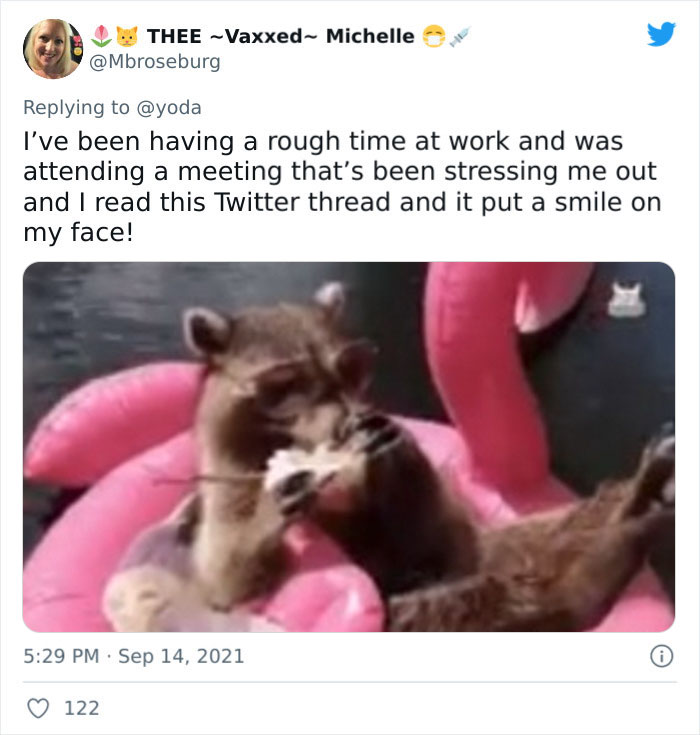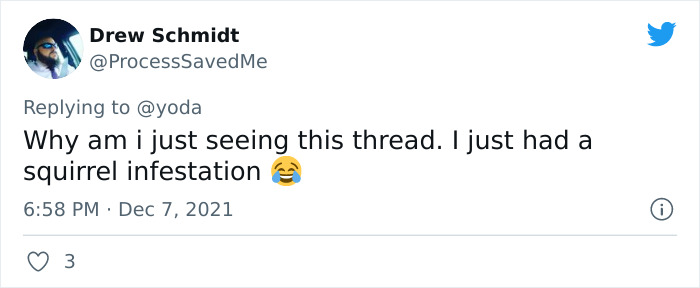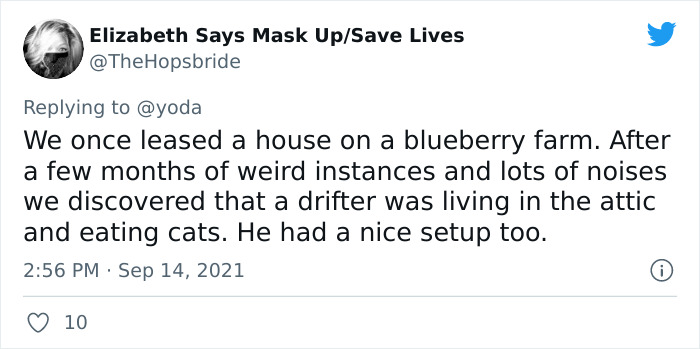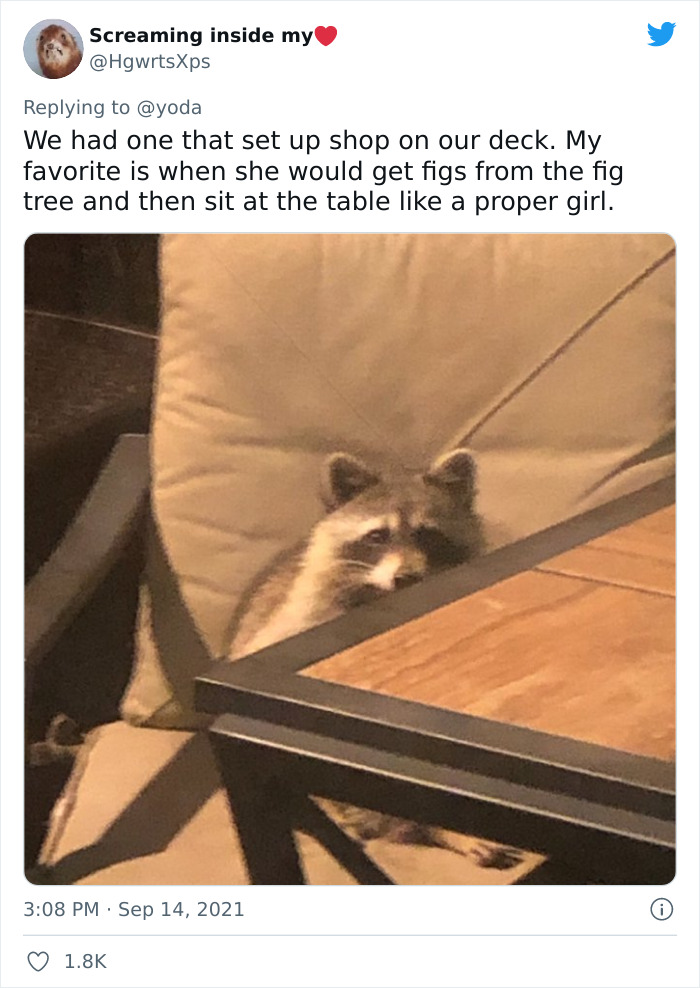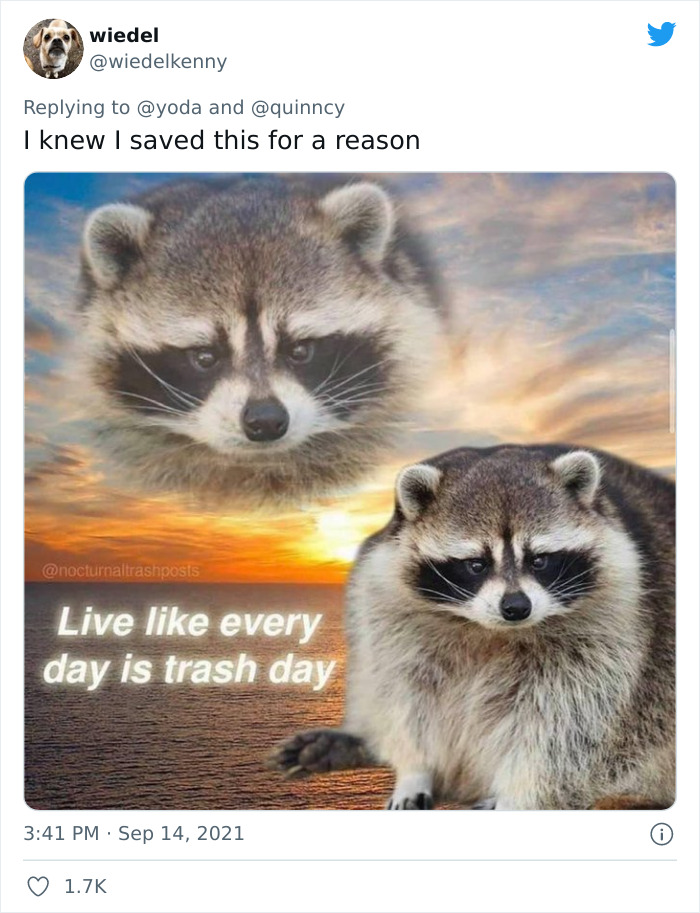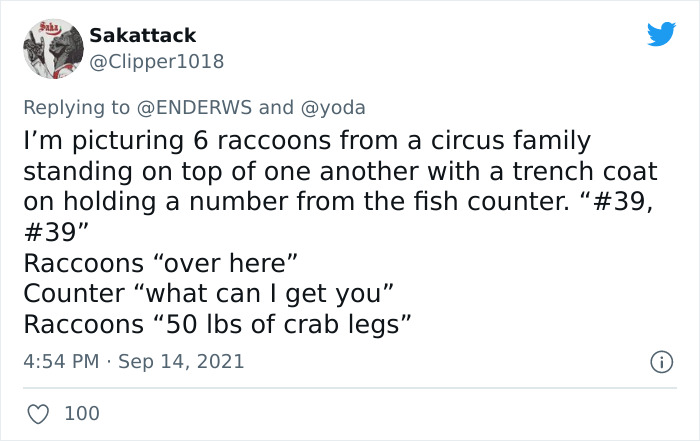Even though most people are fascinated by wildlife and the natural world, we would prefer that it stay away from our homes. On the other hand, wild animals are becoming increasingly common in urban areas, posing a threat to human life. It is possible that a creature is nesting inside a house and that no one is aware of its presence until it is too late to do anything about it.
A Twitter user named Drew Olanoff recently experienced this after his electrician informed him that he was the victim of an attic raccoon infestation. In addition, the newcomer appeared to be a big fan of king snow crabs, which was appropriate given the fact that “he has a bunch of them up there.” The plot twist is that the family did not have any snow crabs, as was revealed later in the story.
Please take a look at his live tweets about the raccoon’s removal journey further down the page, and be sure to share your thoughts in the comment section below.
Upon discovering that he had an intruder in his attic, Drew Olanoff took to Twitter to live-tweet the entire situation as it unfolded.
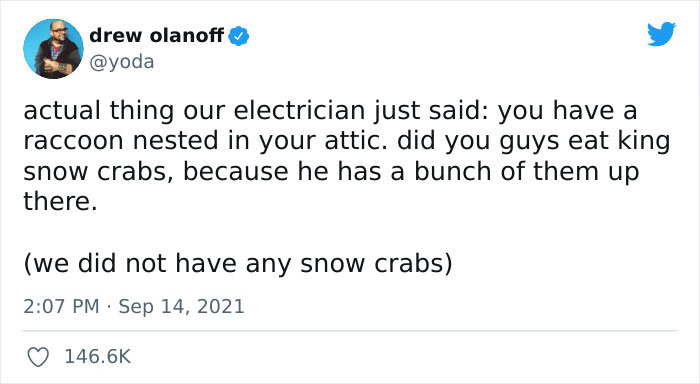
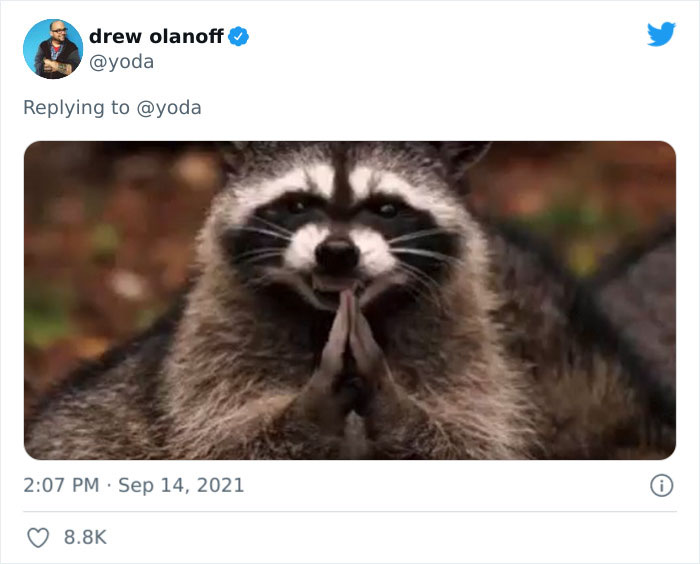

With more than 35.8K Twitter followers, Drew Olanoff is a communications specialist who enjoys telling stories to his audience of fellow professionals. In addition, he is a published author. It was at this point that he told us about his encounter with a particular raccoon, or as we like refer to him, a trash panda, who had taken up residence in his attic and, according to him, was eating significantly better than the rest of us.
Many of these stories are about figuring out how the raccoon got into the house, why the family wasn’t aware of it, and how they should be rid of it humanely on earth.
Even though raccoons are well-known for causing havoc in people’s homes, they are better suited to riverine environments. Their Latin name, Procyon lotor, translates as “before the dog” and “washer.” It appears to be related to raccoons being known to forage for underwater food near the shore when they were young.
It appears that the newcomer has been residing in the area for a considerable amount of time.
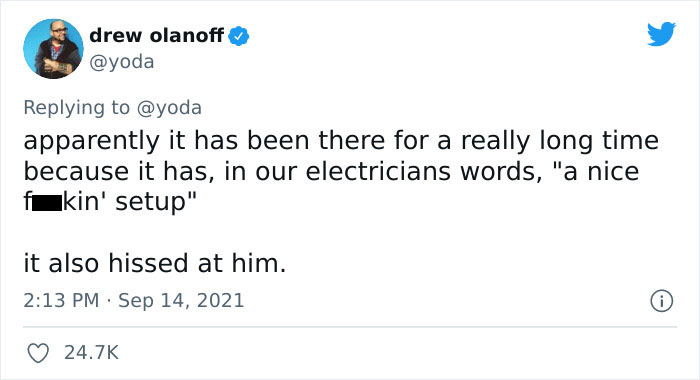
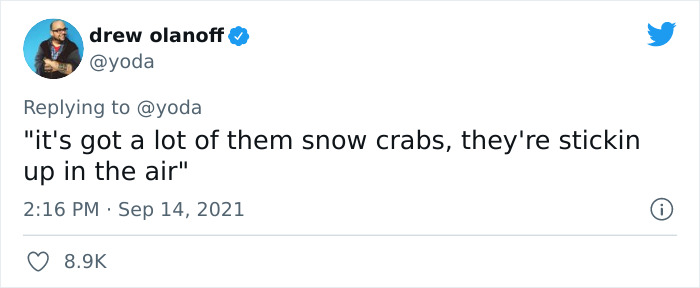



Raccoons followed humans into urban areas when they first began to settle there. These creatures adore rummaging through garbage cans in search of a few tasty morsels of food that has been left over. People may devise the most ingenious solutions, purchase the best locks, and erect an array of barriers to keep trash bandits at bay. Still, the animals will almost certainly devise a way to outwit your efforts and get around your actions.
This is one of the reasons why some-scientists are interested in studying species that appear to be figuring out new ways to coexist with humans. In an interview with the BBC, Lauren Stanton, a Ph.D. candidate at the University of Wyoming, discussed how raccoons respond to puzzle boxes that offer dog food as a reward. The food is only dispensed from the containers if the wild animals press the appropriate button inside.
The Twitter user and his wife have begun scheduling appointments for the raccoon’s removal, and it is hilarious.
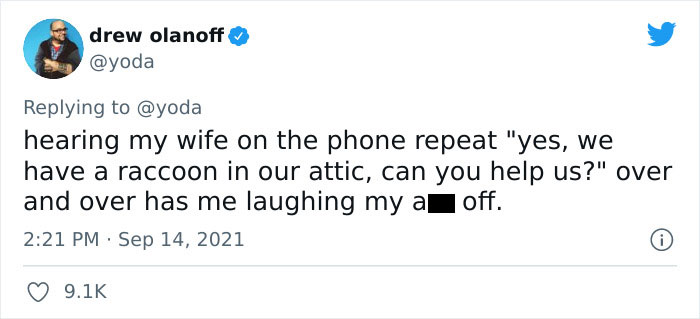

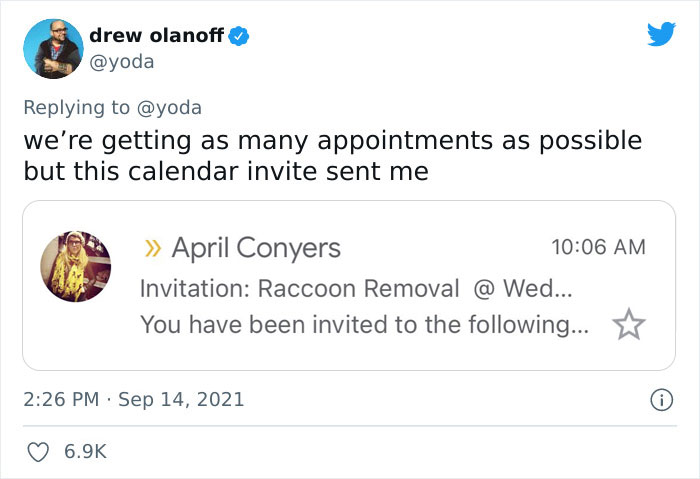
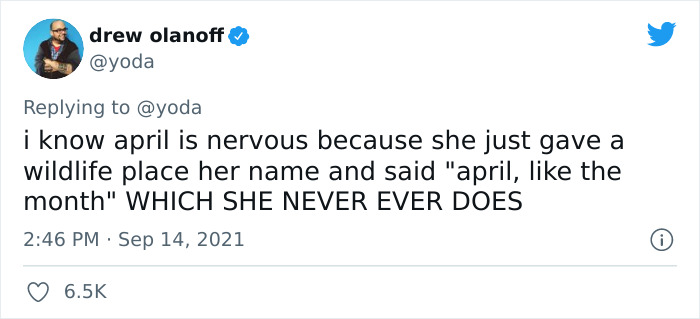


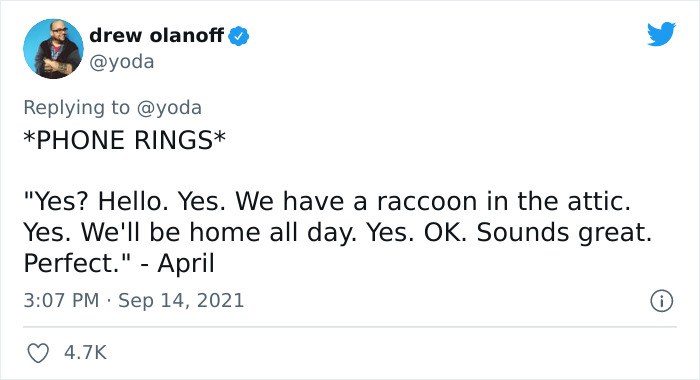
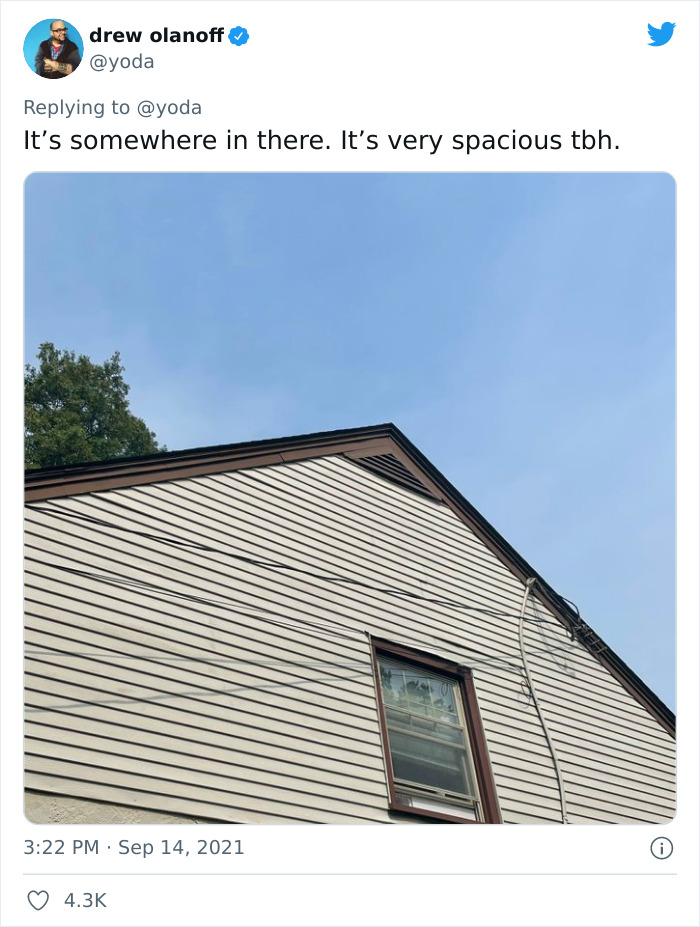
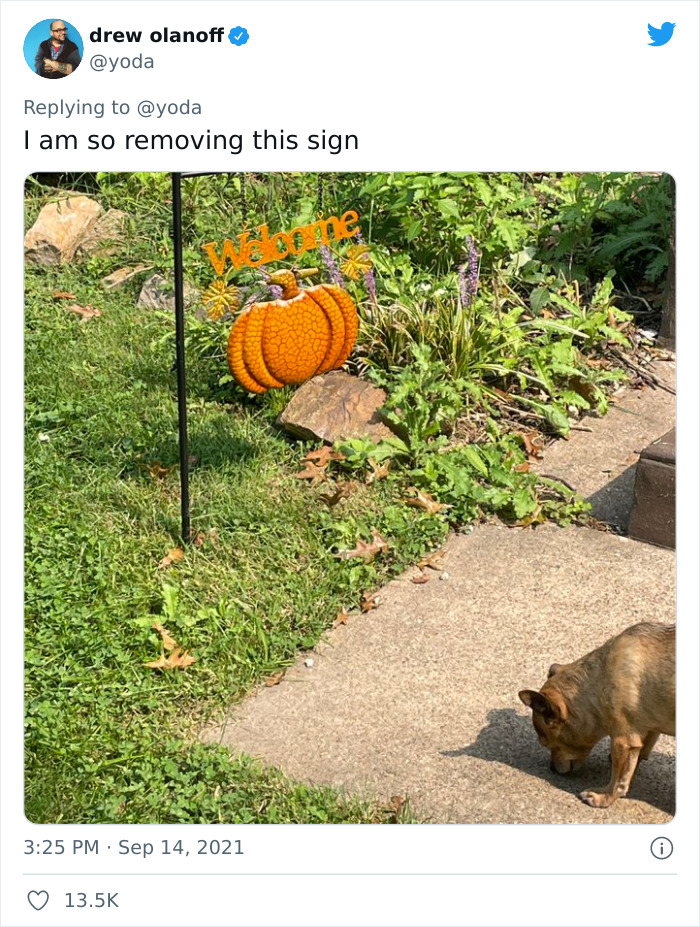
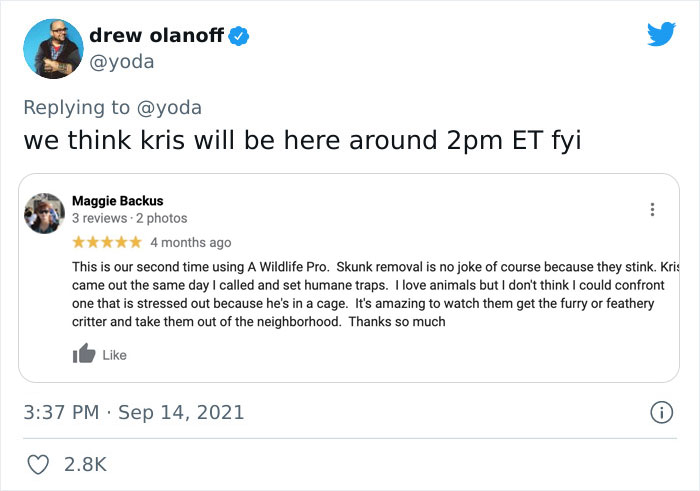
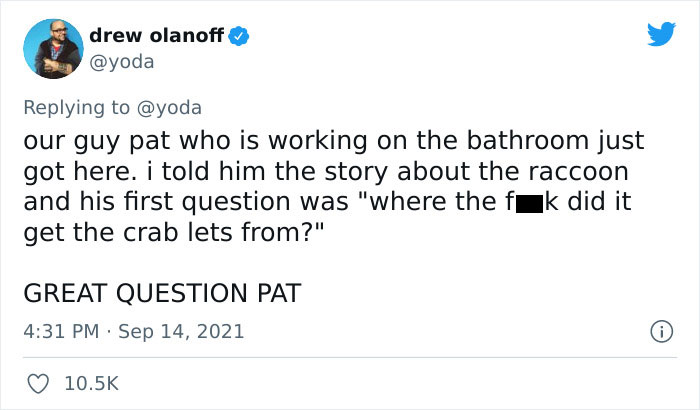

When they discover that the prize is being awarded by pressing the left button, the mechanism is turned on its side. Later on, however, the animals realize that they must press the correct button instead of the left button. In Stanton’s words, “They’re making rapid associations and can change their behaviour.” “And they get better at it as time goes along.” According to the findings of this study, raccoons possess cognitive abilities that enable them to thrive in human environments.
Raccoons in urban areas could be considered to be street-smart animals due to their ability to maneuver through traffic. Psychologist and biologist Suzanne MacDonald of York University in Toronto, Canada, claims that humans living in cities are altering the behavior of these creatures, and that this alteration is taking place at the very moment you are reading this. She investigated raccoons that lived in both rural and urban environments with the help of problem-solving experiments.
After hundreds of hours of videotaping, she discovered that none of the 22 rural raccoons could get into the complicated trash can to get the food, whereas 80% of the city animals were successful. “It was a complete surprise to me—it wasn’t something I had anticipated,” she said.
Finally, a member of the wildlife control team came to their assistance.

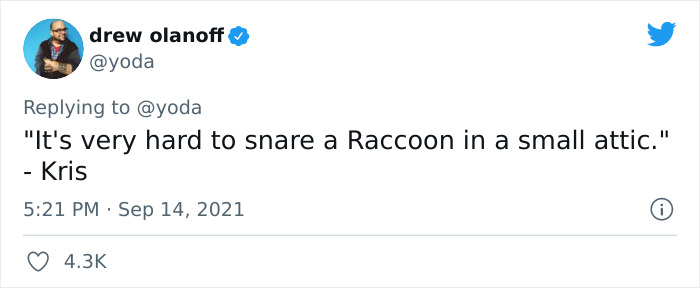
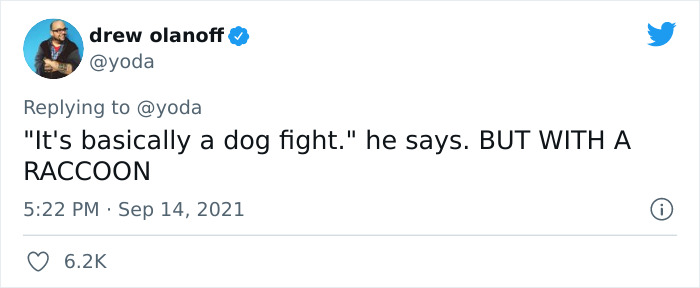

While it appears that they are becoming more intelligent, the world in which they live appears to be becoming a more pleasant place for them to live as well. In this study, the researchers discovered what climatic conditions are suitable for these North American mammals, as well as how those conditions are likely to change as a result of climate change. In their study, the researchers discovered that raccoons have a “tolerance to a very wide range of bioclimatic conditions,” which has resulted in “vast areas favorable to the species on a global scale.”
These animals have been relocated to a variety of locations around the world as a result of the pet trade or for other commercial reasons (like selling their fur). Therefore, they have been successfully introduced into a variety of cultural contexts throughout the world. They come from a variety of different geographical locations, and they thrive in a variety of different environmental conditions.
What’s most concerning is their spread to northern regions of the world, where ecosystems are extraordinarily fragile and could suffer from the presence of such invasive species in the area.
The situation took a surprising turn, and it was revealed that there were no crab legs and no raccoon on the premises.
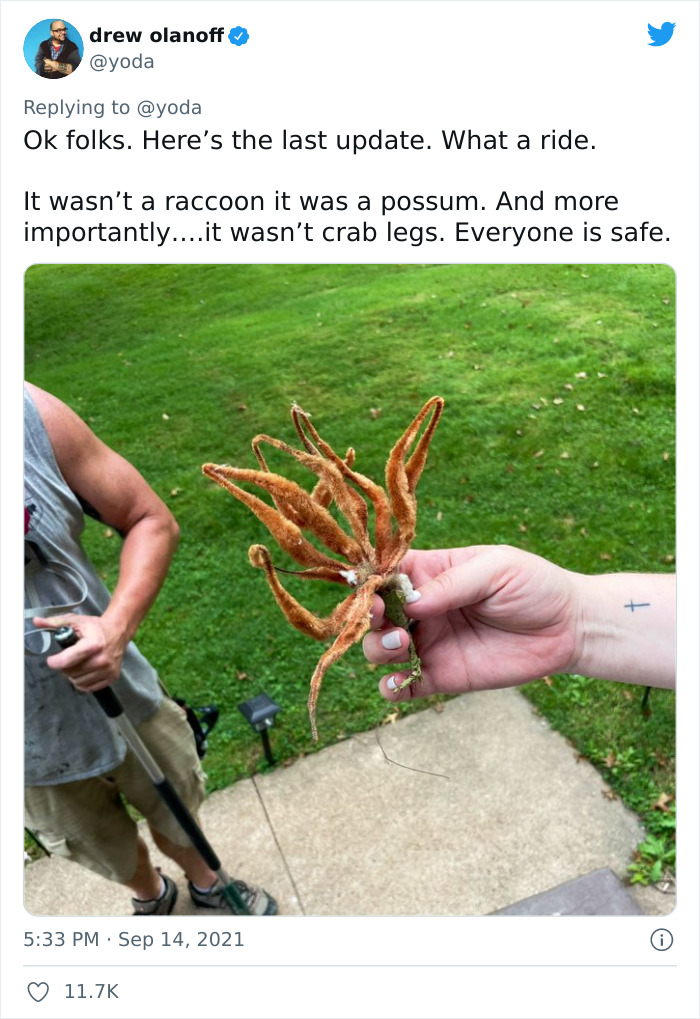



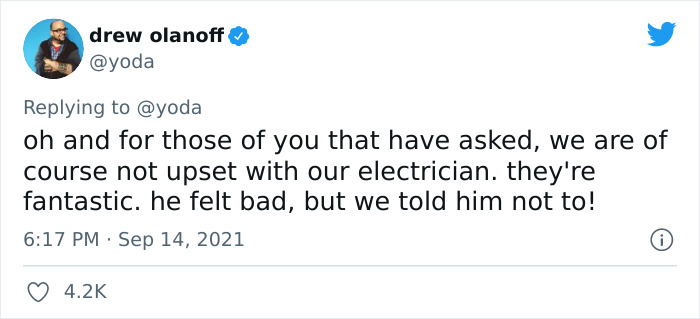
On the other hand, the raccoons did not take over the home of Drew Olanoff and his wife, as we discovered after this thread. The journey was fascinating even though there was no trash panda and no king snow crabs to be found on the way. Imagine the little raccoon having a fantastic time in the attic while enjoying a gourmet meal. It’s adorable, entertaining, and guaranteed to put a smile on your face.
Here’s what some of the other forum members had to say about the thread.
